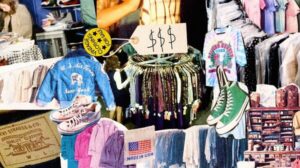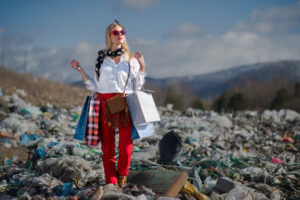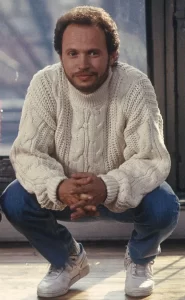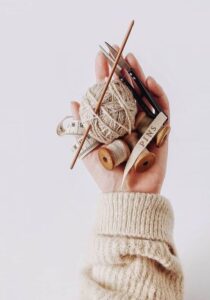Nothing is like it used to be, and it will not be! Heraclitus was right; everything changes, and we are trying to adapt to all this change. Yet, the future scares us a bit, of course. Cause, while some of these changes serve a much more comfortable and quality life, some of them, to put it mildly, is becoming a bit of “shitter.” Thanks to fast fashion.
These days, everything we buy has a shorter lifespan than our grandmother’s relationship with the cellphone. Yet, in our closets, we have dozens of vintage pieces from our grandmothers. All of them are as solid as a rock. The truth is, we no longer have the clothes that we hoped would accompany us throughout our long lives and be left to our grandchildren!

So yes, our purchasing power says “fast fashion it is!” But have you ever wondered, what happened to the quality clothes of yesteryears? Amid the consumption frenzy, we wanted to embark on a journey towards our life quality, which feels like it’s constantly falling.
Curse of Fast Fashion
Fast fashion significantly impacts the environment through its intensive resource use, pollution, and waste creation. This industry relies on cheap materials. Rapid production cycles meet consumer’s demand for the latest trends, leading to excessive consumption and an overwhelming amount of textile waste. Brands consume vast amounts of water for dyeing and finishing processes. It is contributing to water scarcity and pollution in regions near manufacturing plants. Additionally, the use of synthetic fibers, like polyester, releases microplastics into the water systems, further harming aquatic life and ecosystems.
The production of fast fashion emits a large quantity of greenhouse gases. These emissions exacerbate climate change, highlighting the environmental toll of maintaining fast-paced consumer trends. Despite all the damage, fast fashion encourages a disposable culture. A culture where clothes are seen as temporary and replaceable.

Despite all this production, so much waste? Because everything is terrible! Now, the lifespan of no product exceeds 5 years. So, what is the cause of this horrifing decline in quality?
Mina Le, a famous fashion and popular culture content creator known for her YouTube channels and podcasts, tells the story of the decline in the quality of products through those famous Aran sweaters, a.k.a the famouse fishermans!



